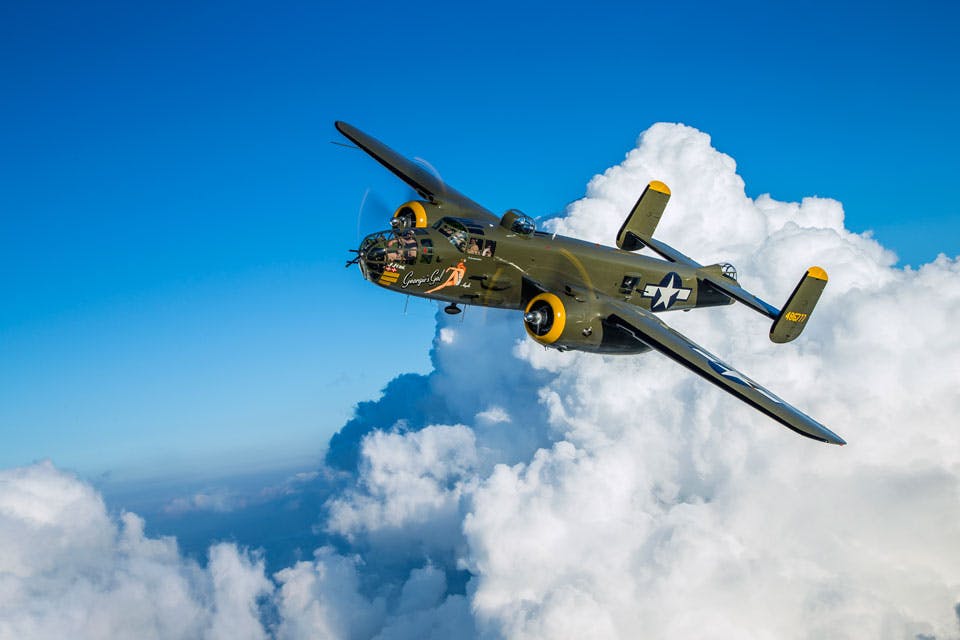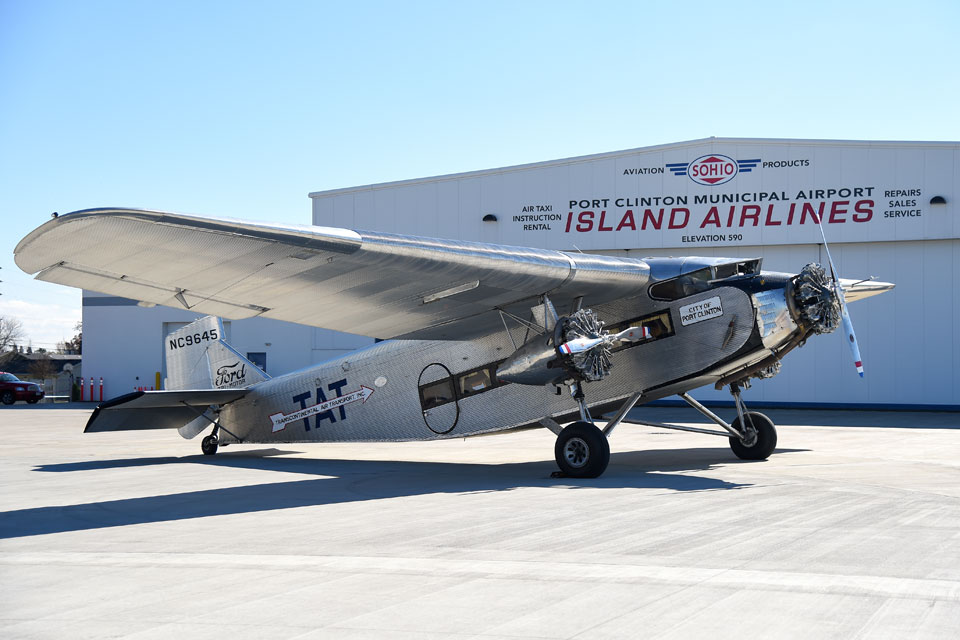Travel
History Soars at the Liberty Aviation Museum
A visit to the Liberty Aviation Museum in Port Clinton offers a look into World War II flyers, military history and more.
Related Articles

Summer Fun in Ohio: 22 Ways to Enjoy June
Grab a ticket to a summer concert from the Dave Matthews Band, explore southern Ohio heritage at Ohio Valley Frontier Days, check the Ashland Balloon Festival and more. READ MORE >>

4 Ohio Summer Festivals that Celebrate Local Heritage
From frog jumps and fried walleye to tomato wars and chicken dinners, these events embrace the heritage of the communities they call home. READ MORE >>

Spend a Rainy Summer Day at These 4 Ohio Museum Exhibitions
When the clouds roll in and the drops start to fall, make plans to visit one of these kid-friendly museum exhibitions that are all here for a limited summer run.
READ MORE >>




